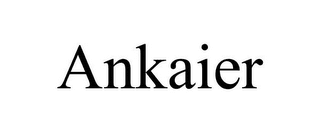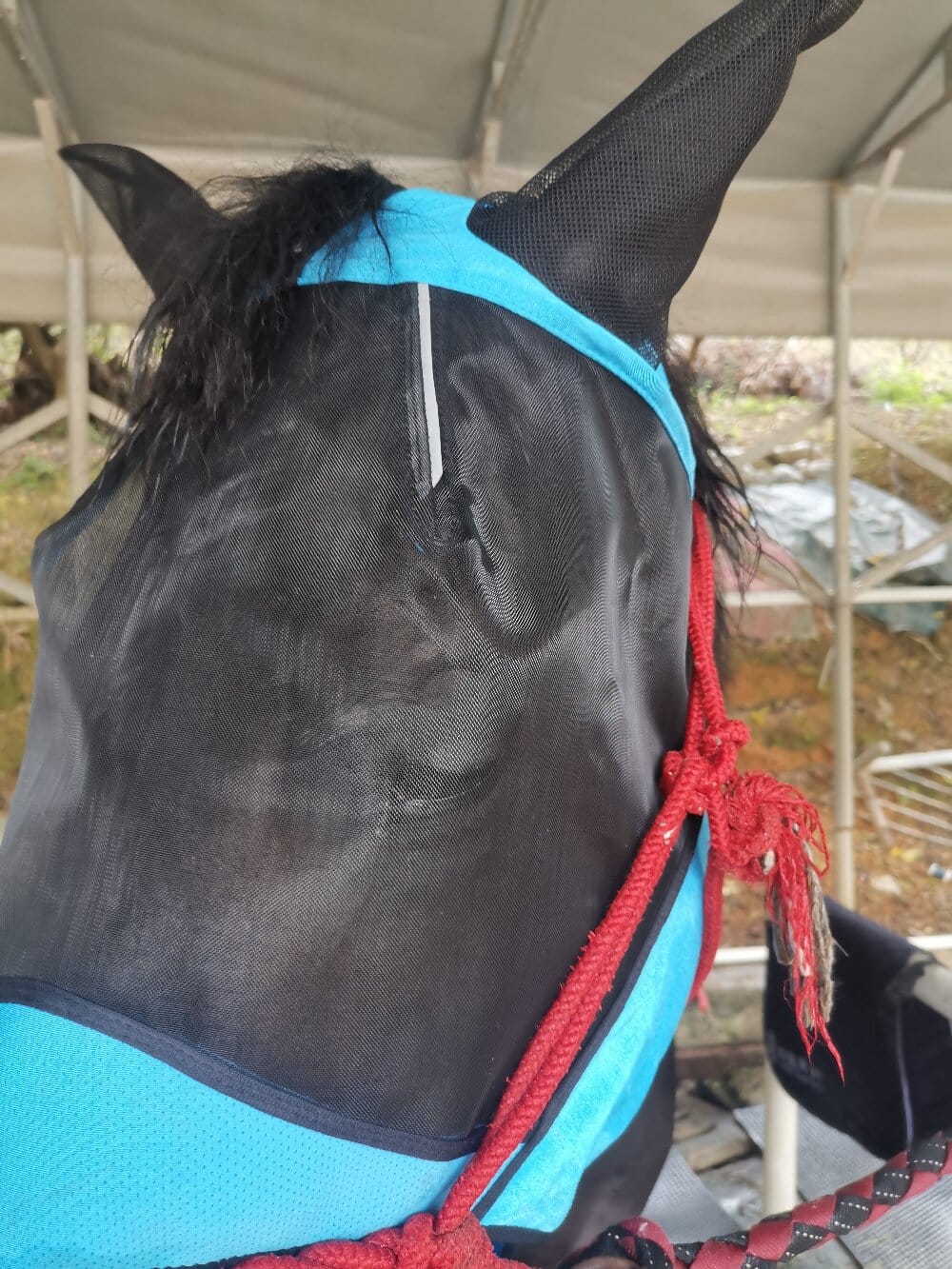You’ve probably seen them grazing in the field, looking a bit like equine superheroes with their mesh face coverings. That essential piece of gear is a horse fly mask, and if you haven’t considered one for your own horse, you’re missing out on a key tool for their comfort and well-being. I used to think they were an optional extra, something for only the most pampered show horses. That was until I saw my gelding, normally calm and steady, frantically shaking his head and stomping his feet, driven to distraction by a cloud of relentless flies. It was a clear sign I needed to step up my fly protection game, starting with his face.
The Unseen Benefits of Equine Face Protection
At first glance, a fly mask is a simple barrier. It stops biting insects like horse flies, deer flies, and gnats from tormenting your horse’s sensitive ears, eyes, and muzzle. But the benefits run much deeper. By providing this protection, you dramatically reduce the risk of eye infections like conjunctivitis, which can be spread by flies or from your horse rubbing its face on fences and legs. You also prevent painful bites and the constant stress that comes with them. A horse that isn’t being pestered is a horse that can relax, eat properly, and maintain a healthier weight. It’s a cornerstone of effective fly control that goes beyond just spraying a repellent that washes off in the rain or sweats away.
Choosing the Perfect Fly Mask for Your Horse
Walking into a tack shop or browsing online can be overwhelming with the sheer variety of fly wear available. The key is to match the mask to your horse’s environment and needs. Here’s a breakdown of the main types to help you decide:
- The Standard Fly Mask: This is your go-to for daily pasture wear. It covers the eyes and often extends down the front of the face. Look for one with UV protection to shield your horse from the sun, which is especially important for light-colored faces.
- The Fly Mask with Ears: If gnats and flies love to burrow into your horse’s ears, this is a must-have. It includes built-in ear covers, which also help keep ticks out. This style offers superior fly protection for the entire head area.
- The Full Face Fly Mask: For ultimate coverage, this style extends to cover the muzzle and jaw. It’s ideal for horses with pink noses that are prone to sunburn or those particularly sensitive to bites around their nostrils and lips.
- Fly Bonnets: Primarily used for riding, these protect the ears and eyes from flies while you’re on the trail or in the arena, ensuring a more focused and comfortable ride.
Ensuring a Safe and Comfortable Fit
A poorly fitted fly mask can cause more problems than it solves. It can rub, obscure vision, or even come off and become a hazard. When you put it on, you should be able to fit two fingers comfortably under the browband and cheek straps. It needs to be snug enough not to slip, but never tight. Check that the eye darts—the raised areas around the eyes—are properly positioned so they don’t touch your horse’s eyelashes or eyeball. The most crucial safety feature is a quick-release breakaway strap, usually a velcro tab that pulls apart under pressure. This ensures your horse can break free if the mask gets caught on a branch or fence post.
Your Guide to Fly Mask Maintenance and Care
To keep your horse fly mask effective and hygienic, a little maintenance goes a long way. I make it a habit to remove the mask daily to check my horse’s face for any signs of rubbing or irritation and to ensure his eyes look clear and healthy. This daily check is also a great bonding moment. For cleaning, I typically have two masks on rotation. When one gets dirty, I shake it out, hand-wash it in mild soapy water, rinse thoroughly, and let it air dry. Avoid harsh detergents and never put it in the dryer, as the heat can damage the elastic and UV coating. Storing it flat in a tack room will help it keep its shape for the next fly season.
A Simple Step for a Happier, Healthier Horse
Integrating a quality fly mask into your horse’s daily routine is one of the easiest and most impactful things you can do for their comfort. It’s a simple piece of equine face protection that prevents a significant amount of stress and potential health issues. From choosing the right style to ensuring a perfect fit and maintaining it properly, this small investment pays off in a big way. You’ll see the difference in your horse’s calm demeanor and peaceful grazing time, knowing you’ve provided a vital shield against the constant annoyance of flying pests.

